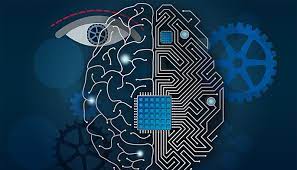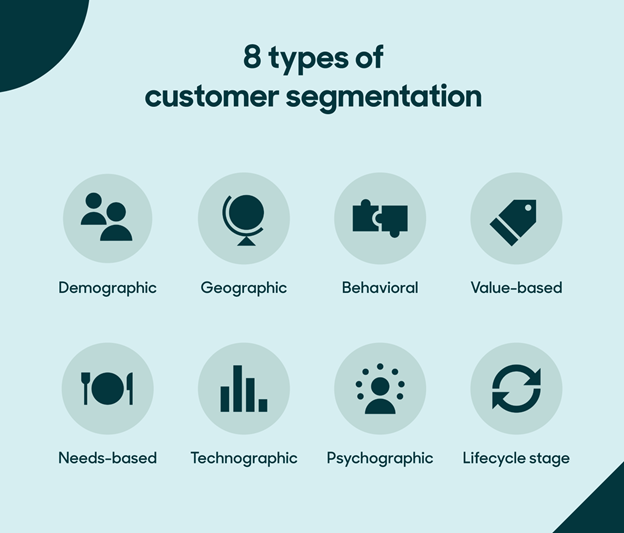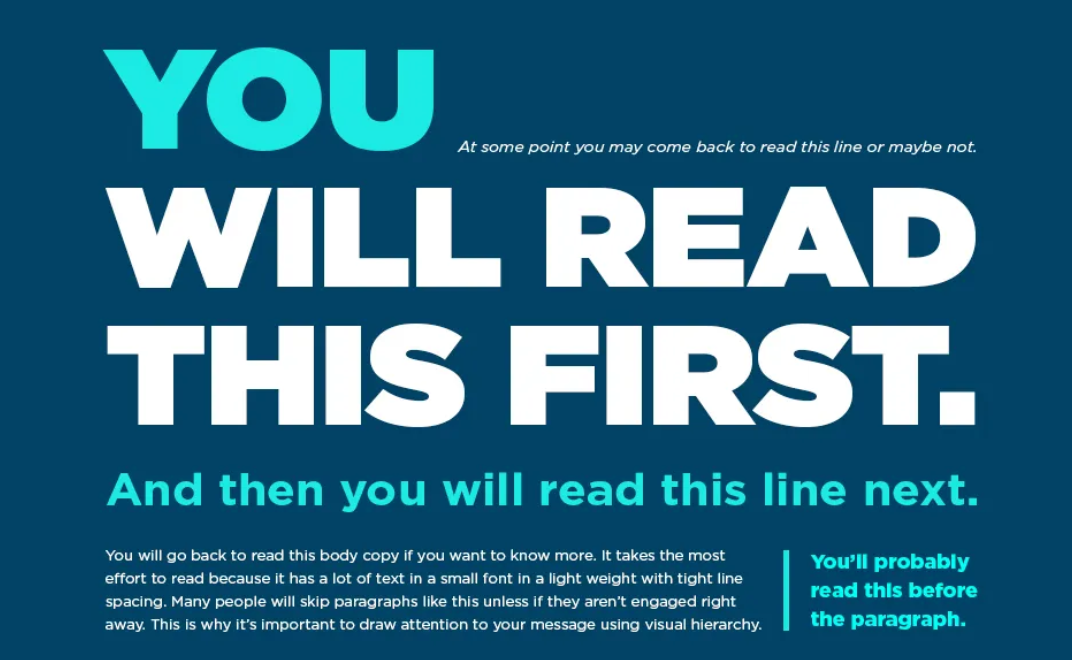As the field of user experience (UX) design continues to evolve, artificial intelligence (AI) has emerged as a tool that can help fill gaps in the design process.
While AI is not a replacement for human designers, it can provide valuable insights and streamline certain aspects of the design process.
For example, by analyzing user behavior, automating tasks, improving accessibility, and providing designers with tools to work more efficiently, AI can augment and enhance UX designers’ work.
We will explore the ways in which AI tools could help fill gaps in UX design and the potential benefits they could bring to the field.
Common UX Design Challenges
As UX design continues to evolve, designers face a number of challenges in creating successful products and services that meet the needs and expectations of users.
Some of the most common UX design challenges include:
Understanding user needs
One of the biggest challenges in UX design is understanding what users want and need from a product or service. This requires conducting user research and testing to gain insights into user behavior and preferences.
Creating a seamless user experience
Another challenge is creating a seamless user experience that is intuitive and easy to use. This requires careful attention to detail in terms of navigation, layout, and content organization.
Designing for accessibility
Designing for accessibility is becoming increasingly important, as designers need to ensure that their products and services are accessible to users with disabilities. This requires an understanding of accessibility guidelines and best practices.
Keeping up with technological advancements
As technology continues to evolve, UX designers must keep up with new trends and technologies in order to create products and services that are relevant and up-to-date.
Balancing user needs with business goals
UX designers must balance the needs and goals of users with the business goals of the organization they are designing for. This requires a deep understanding of the business and its objectives and an ability to communicate and collaborate effectively with stakeholders.
How AI Help Overcome These Challenges
Artificial intelligence (AI) has the potential to help overcome the common challenges faced by UX designers. Here are a few ways in which AI could help:
AI analyzes and synthesizes vast amounts of data
In the field of UX design, analyzing and synthesizing vast amounts of data is a key challenge that designers face. Data analysis is crucial in understanding user behavior, preferences, and needs, which can inform design decisions and help create user-friendly products and services.
However, manual analysis of large datasets can be time-consuming and resource-intensive, and there is always a risk of missing important insights or trends. And this is where AI can help.
AI-powered tools can analyze and synthesize vast amounts of data at a much faster rate than humans, using advanced algorithms and machine learning techniques. By analyzing user interactions with a product or service, AI can provide designers with insights into how users are using the product, which features are most popular, and which areas of the product are causing frustration or confusion.
For example, AI-powered analytics tools can track user behavior on a website or mobile app, providing designers with data on how users navigate the site or app, which pages or features are most frequently visited, and where users are dropping off. So, using AI-based analytics tools in the mobile app development process can lead to data-driven decision-making, improved user experiences, and ultimately, increased app success.
This data can be used to identify areas for improvement, such as redesigning the navigation or improving the user flow.
Not to mention that AI can also help designers synthesize data from multiple sources, such as user surveys, customer feedback, and social media posts. By analyzing this data and identifying patterns and trends, AI can help designers better understand user needs and preferences and make more informed design decisions.
Similarly, AI-powered design tools, such as an AI logo generator, can greatly enhance efficiency. These tools can produce numerous unique logo concepts swiftly, a task that traditionally takes hours of a designer’s time. By automating parts of the design process, designers can then focus more on the user experience aspects of their work, such as navigation and content organization.
AI simulates user behavior at a scale
User testing is essential to understand how users interact with a product or service, identify usability issues, and validate design decisions. However, traditional user testing methods can be time-consuming and expensive and may not always be representative of a product’s target user base.
AI-powered tools simulate user behavior at scale, providing designers with a way to test designs more quickly, efficiently, and cost-effectively. AI can generate realistic user data based on algorithms and machine learning, simulating how users might interact with a product or service in different scenarios.
For instance, AI stimulates behavior in a game by creating a virtual player that interacts with the game in the same way as a real user. This can help game developers test the game’s mechanics, identify issues, and improve the user experience.
Similarly, AI can simulate user behavior in an e-commerce website by generating virtual shoppers who interact with the website, adding items to their cart, and completing a purchase. It would be much easier for designers to test the website’s usability, identify friction points, and optimize the user flow.
AI creates personalized experiences for individual users
AI-powered tools can analyze large amounts of user data, including past behavior, preferences, and demographics, to create personalized experiences for individual users. By leveraging machine learning and predictive analytics, AI can identify patterns and trends in user behavior and make personalized recommendations to users based on their individual preferences.
AI can be used in e-commerce to create personalized product recommendations based on a user’s past purchases or browsing history. This can increase the chances of a user making a purchase by showing them products that are relevant to their interests.
It can also be used in music streaming services to create personalized playlists based on a user’s listening history and preferences, providing a tailored listening experience.
AI eliminates the One-sided Approach of A/B Testing
While A/B testing can help designers determine which one performs better with users, it has some limitations; including a one-sided approach that only considers two options and relies on statistical significance to determine the winner.
Using AI-powered tools, designers can test multiple variations of a product or service simultaneously. This can help eliminate the one-sided approach of A/B testing and provide a more comprehensive view of how users interact with different design options.
The machine learning algorithms analyze user behavior and identify which design variations are most effective at driving user engagement, conversion rates, or other key metrics. This can help UX designers make more informed decisions about which design options to implement and optimize the user experience.
AI enables predictive design
Predictive design is a new approach in UX design that uses machine learning algorithms and predictive analytics to create products and services that anticipate user needs and behaviors.
This approach can help UX designers create products and services that are more intuitive, efficient, and engaging for users.
AI-powered predictive design can analyze large amounts of user data, including past behavior, preferences, and demographics, to identify patterns and UX trends in user behavior. This can help designers anticipate what users might do next and create design solutions that meet their needs and preferences in real-time.
For example, predictive design can be used in mobile applications to anticipate what users might search for next and provide suggestions based on their search history. This can help users find what they are looking for more quickly and efficiently, improving the user experience.
Wrapping Up
AI has the potential to revolutionize the field of UX design by addressing many of the challenges that designers face today. From analyzing vast amounts of data to creating personalized experiences and enabling predictive design, AI-powered tools offer a range of benefits that can help UX designers create more effective and engaging products and digital product development services.
However, it is important to note that AI is not a silver bullet solution and should not replace human creativity and intuition. UX designers should view AI as a tool that can help them optimize their workflow, streamline the testing process, and gain valuable insights into user behavior.
As AI technology continues to evolve, it is important for UX designers to stay up-to-date with the latest developments and explore new ways to incorporate AI into their design process. By embracing AI and using it to its full potential, designers can create products and services that are more intuitive, efficient, and engaging for users, ultimately improving the overall user experience.
- Designing Vacation Rental Websites: 7 Best Practices for an Unforgettable Experience - October 17, 2023
- How AI Could Help Fill Gaps In UX Design - July 4, 2023
- Blockchain UX Design: A Quick Guide to UX In Web3 - January 31, 2023
![]() Give feedback about this article
Give feedback about this article
Were sorry to hear about that, give us a chance to improve.








